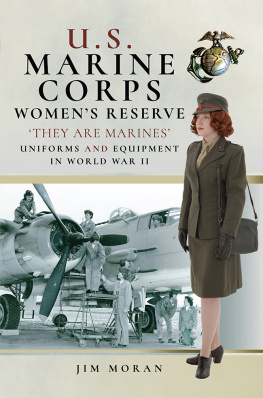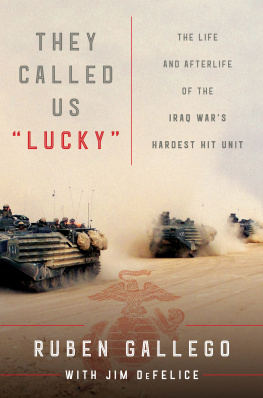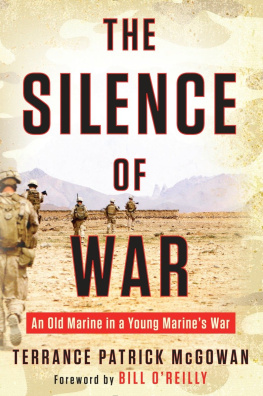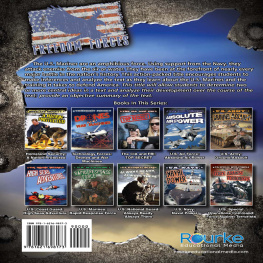Copyright 2016 by Nathaniel R. Helms
All rights reserved. No part of this book may be reproduced in any manner without the express written consent of the publisher, except in the case of brief excerpts in critical reviews or articles. All inquiries should be addressed to Arcade Publishing, 307 West 36th Street, 11th Floor, New York, NY 10018.
First Edition
Arcade Publishing books may be purchased in bulk at special discounts for sales promotion, corporate gifts, fund-raising, or educational purposes. Special editions can also be created to specifications. For details, contact the Special Sales Department, Arcade Publishing, 307 West 36th Street, 11th Floor, New York, NY 10018 or .
Arcade Publishing is a registered trademark of Skyhorse Publishing, Inc., a Delaware corporation.
Visit our website at www.arcadepub.com.
10 9 8 7 6 5 4 3 2 1
Library of Congress Cataloging-in-Publication Data
Names: Helms, Nathaniel R., author. | Faraj, Haytham, author.
Title: No time for the truth: the Haditha incident and the search for justice / by Nathaniel R. Helms & Haytham Faraj, Esq.
Description: First edition. | New York: Arcade Publishing, 2016. | Includes bibliographical references.
Identifiers: LCCN 2016016444 (print) | LCCN 2016020260 (ebook) | ISBN 9781628726855 (hardcover: alk. paper) | ISBN 9781628726862 (eBook) | ISBN 9781628726862 (ebook)
Subjects: LCSH: Wuterich, Frank, 1980Trials, litigation, etc. | Courts-martial and courts of inquiryUnited States. | War crime trialsUnited States. | MarinesLegal status, laws, etc.United States. | Iraq War, 2003-2011AtrocitiesIraq?Had?ithah.
Classification: LCC KF7654.5.W88 H45 2016 (print) | LCC KF7654.5.W88 (ebook) | DDC 345.73/02523--dc23
LC record available at https://lccn.loc.gov/2016016444
Cover design by Laura Klynstra
Printed in the United States of America
CONTENTS
PREFACE
W hen the case of eight Marines accused of murder and cover-up at the so-called Haditha Massacre in Iraq was finally adjudicated on January 24, 2012, nobody knew for sure the general courts-martial of these eight was never intended to discover the truth. That astounding fact was revealed two years later.
The inquiry began on November 20, 2005, the day after eight children were slaughtered in Haditha, Iraq, by five US Marine infantrymen reacting to an ambush that had killed one of their own. The Marines gruesome death was the opening gambit of an operation financed and led by al-Qaeda to paint in the world press a picture of the US Marine Corps as merciless killers. The plan, as brilliant as it was insidious, began with a tremendous bang.
The Iraqi children who would die were asleep in their beds on November 19, 2005, when a bomb commonly called an IED exploded under a nearby road. The huge blast shattered a US Marine Corps Humvee and three men riding in it. The detonation flung a dense, black cloud of greasy smoke hundreds of feet over the ancient Mesopotamian city, the only public announcement that the complex citywide attack was under way.
The children were probably awake by the time a twenty-year-old Marine lance corporal named Miguel T. J. Terrazas flopped wetly back on the road in two parts in the deluge of debris that fell from the rising cloud. Two more Marines riding with him were wounded, one grievously. The simultaneously erupting crackle of gunfire no doubt frightened the children. The terror created by rapid gunfire and exploding grenades cannot be explained, only experienced. Along with their mothers and aunts, they ran into the back bedrooms of their stout stone homes to hide in the sanctuary the Iraqi government prescribed to keep them safe. In one house an unarmed father and a crippled old man and his wife stood their ground. There may have been an insurgent shooter there as well, although no evidence of his existence was ever produced. In another house across the way, the only man at home also declined to hide. The children in both places dived under the broad beds occupied by huddled grownups while exploding American 40 mm rifle grenades shook the thick stone walls of their momentary sanctuaries.
A few minutes after the initial blast, the petrified family probably heard shouting in bad Arabic, accompanied by several sharp bursts of automatic weapons fire coming from somewhere nearby. The sharp, distinctive cracking sound of automatic gunfire was insurgent Kalashnikov AK-47 assault rifles dueling with the battered Marines. Moments later that sound was replaced by the staccato rap of M16s, the noise of five unarmed Iraqi men being killed by American rifles. A few moments after that sudden burst of rifle fire ended, they probably heard five distinct, well-spaced shots. That was the sound of dead checks. A Marine was shooting each prostrate man in the head to make sure he was dead. Then the Marine urinated into the evacuated skull of one of his victims. After that timeless interlude an eerie silence descended over the neighborhood. Still, the innocents waited. There was nowhere else to run.
About an hour later, five American Marines forced their way inside the first house where children were huddled. It was one of three occupied dwellings they had assaulted that morning, shouting, shooting, and throwing grenades. What happened inside those homes after the initial explosion and gunfire shattered the dawn is mostly conjecture. The facts remain hidden behind an official wall of secrecy the Marine Corps built brick by brick, slathering each block with impermeable mortar stiffened by distortions, deceit, omissions, and intentional lies.
The ambushed Marines belonged to First Squad, Third Platoon, K (for Kilo) Company, Third Battalion, First Marines, a light infantry battalion on its third deployment to Iraq in three years. The tumultuous year before, hardcore Kilo earned entry into the Corpss pantheon of heroes for its exemplary performance at bloody Fallujah. The battalion lost thirty-three men killed and more than five hundred wounded while killing or capturing at least 1,500 insurgents in the fiercest battle of the second Iraq war.
The Kilo Marine commanding the charge into the occupied houses was then-Sergeant Frank A. Wuterich, a handsome man of twenty-four experiencing his first and only day of combat. He was leading his twelve infantrymen on a routine resupply convoy when they were attacked. In an instant, a quarter of his tiny command was rendered ineffective. About sixty minutes later, Wuterich led four of his Marines to clear south, the command he was given by his platoon commander to rid the area of unseen shooters. His actions during his only day in the sun sparked the criminal investigation that lasted seven years.
ONE MAN THE Department of the Navy sent to investigate what happened at Haditha that Saturday in 2005 was retired NCIS special agent and forensic specialist Michael S. Maloney. He was among a team of five forensic and crime scene experts tasked in March 2006 with discovering the so-called ground truth of the incident. Time was of the essence. The longer it took to explain what happened, the more embarrassing questions somebody would have to answer.
We were told it was the My Lai [investigation] of the Iraq War, Maloney would recall in Independence, Missouri, almost ten years later.
Their mission in March 2006 was to use accepted scientific methods of crime scene reconstruction, coupled with physical evidence, witness statements, and hundreds of photographs taken by Marines in and around the bloodied ground to discover why and how the five Marines undoubtedly killed eight innocent children, as well as seven helpless adults. Maloney identified nine other decedents killed the same day as suspected insurgentsmilitary-age males, or MAMsso their deaths didnt matter, he recalled. The MAMs didnt follow instructions. That made them legitimate targets. Once they were identified as MAMs and possible insurgents, there was no more interest in how they died.










